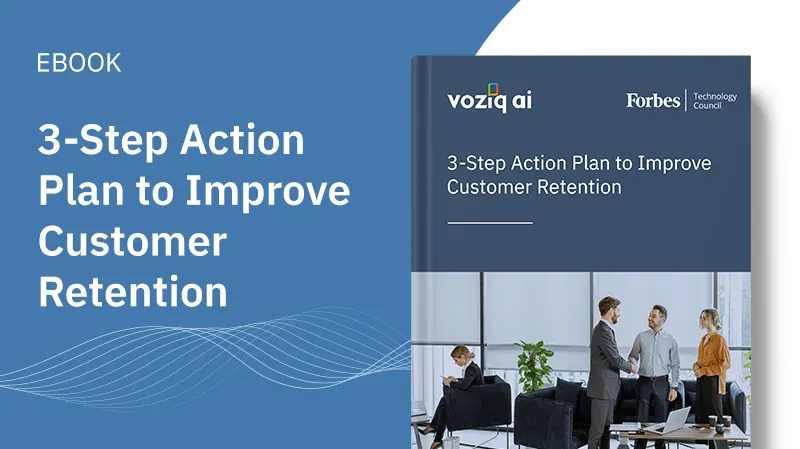Five Ways Decoding Sentiments Can Nurture Long-Term Loyalty

Five Ways Decoding Sentiments Can Nurture Long-Term Loyalty
Sentiment analysis, also known as opinion mining, helps customer-facing businesses know their customers better and build stronger relationships with them. This is because sentiments have a critical role in a buying decision and customer life cycle. Customers associate them with the product or service and use them to make purchase or cancel decisions.
Although surveys, interviews and feedback are helpful ways to capture customer behavior, they have limitations in accurately analyzing emotions. Moreover, because language patterns continue to change over time, staying on top of the trend is critical.
Powered by machine learning and natural language programming (NLP), sentiment analysis takes a quantitative and a qualitative approach to uncover real customer sentiments in text-based customer data. Marketers and decision makers can leverage this intelligence to improve the customer experience and boost loyalty.
Why is sentiment analysis important?
Sentiment analysis enables customer experience improvement, leading to better customer satisfaction and, as a result, improving long-term loyalty. Negative experiences are the primary threat to building customer loyalty, leading to over 80% of customers leaving a brand. Studies suggest that Americans are likely to mention a good experience to nine people and talk about a bad experience to 16 people. Sentiment analysis lets you know how customers perceive your brand and what their word of mouth is likely to be. It can offer deep customer intelligence by uncovering complex behavioral patterns that quantitative methods (like surveys) alone can’t always reveal.
Here are five ways sentiment intelligence helps in building customer loyalty.
1. Understand who is happy and who is not.
Sentiment analysis helps determine which customers are happy and which ones need urgent attention. So, besides enabling you to offer a quicker and better resolution to your dissatisfied customers, it also lets you explore and utilize upsell/cross-sell opportunities with happy customers.
2. Dig deeper to understand drivers of customer satisfaction.
Sentiments are important in performing a root cause analysis of customer behavior and intent. Once you understand customers’ opinions about your brand as well as their experience, you can uncover the drivers of customer satisfaction and leverage them to deliver a superior experience.
3. Predict and mitigate revenue risks.
You can link sentiments analysis with other structured and unstructured customer data to further enrich the training data. This can help your machine learning models accurately predict which customers might cancel and what you can do to reduce cancellations.
4. Revamp customer care.
By deciphering sentiment for every customer, you can equip your agents with relevant knowledge to engage with customers better. You can then route a dissatisfied customer’s call to an empowered agent to drive engagement and proactive resolution, which can lead to higher customer satisfaction and revenue increase.
5. Create targeted marketing campaigns.
Based on satisfaction scores and specific sentiment drivers, you can create more meaningful offers that resonate with your customers and deliver personalized experiences. This additional intelligence can help you strategically reposition your product and value statements.
Note that sentiment analysis is about creating a holistic customer experience picture. To do that, you should integrate every touchpoint, such as contact center text notes, call reasons, survey scores, emails, chats, CRM, service history and payment history. You also should consider every customer’s journey in their buying cycle and communicate through their preferred channel.
Sentiment analysis is more than detecting positive and negative keywords in customer interactions. It involves finding out customers’ emotions and attitudes toward a brand. Notably, it helps establish a one-directional view of these emotions, reducing the risk of multiple interpretations. As customer data continues to grow, AI, machine learning and NLP can empower you to turn custom opinions into fuel for your customer retention engine and drive long-term customer loyalty.






